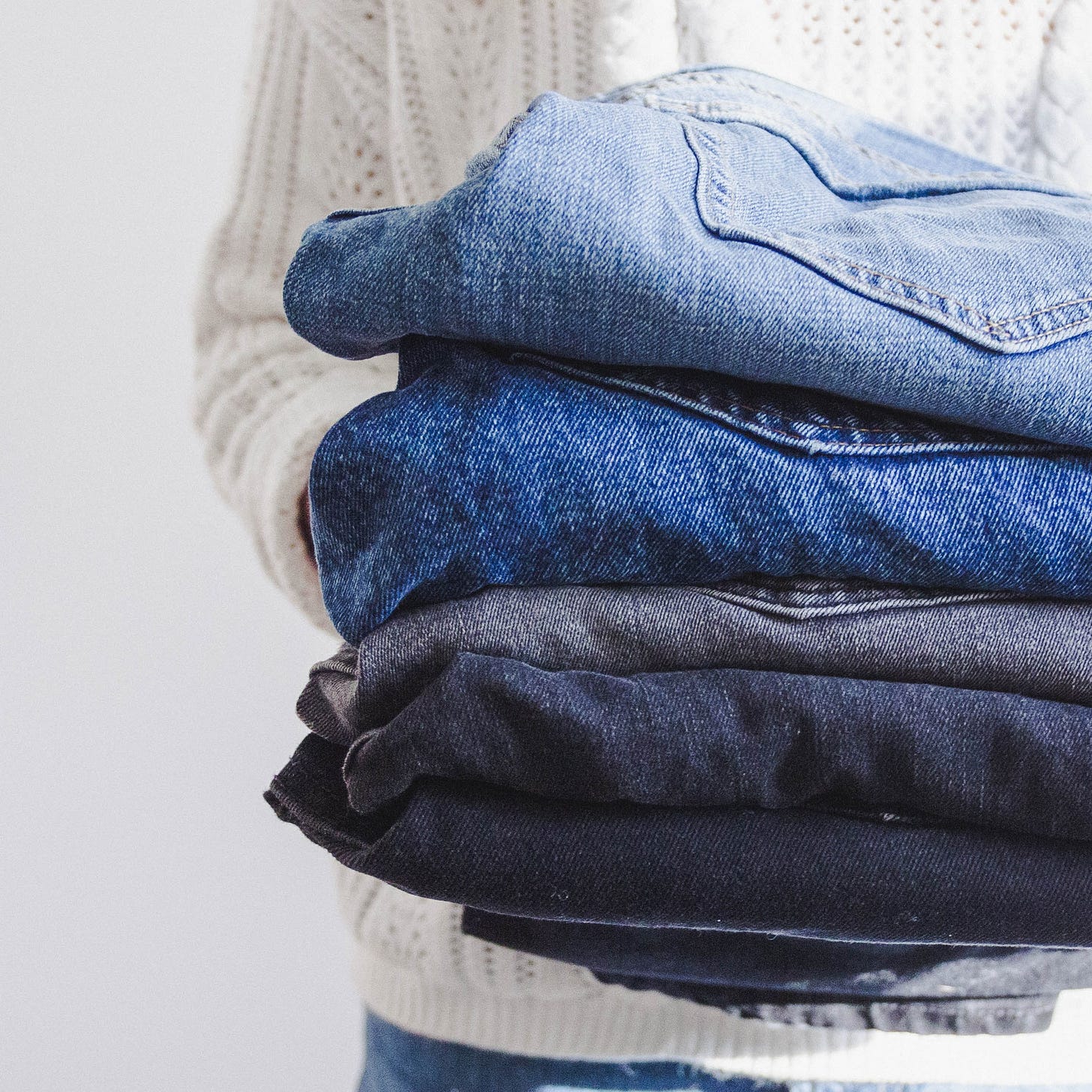
It takes 2700 litres to produce a single cotton T-shirt- that’s enough water for a person to consume for 900 days!
Textile Industry causes water, air and solid waste pollution- thanks to the chemicals used in the dyeing and finishing process.
And this is just half of the story!
When these clothes are discarded a…
Keep reading with a 7-day free trial
Subscribe to 🤷🏽♂️Not My Problem to keep reading this post and get 7 days of free access to the full post archives.


